Ayurvedic Treatments and Massages in India
Ayurvedic medicine teaches that each physical constitution has strong and weak points, that is, it is genetically predisposed to encounter symptoms or illnesses and to deal with discomfort in different ways. Our body is made up of five elements, ether, air, fire, water and earth and based on the constitution each of us is equipped with quantities of elements in different measures. Ayurvedic treatments and massages in India aim to balance the elements present in our body and create a state of prevention and health. Each Ayurvedic treatment uses different oils and herbs. We can divide Ayurvedic treatments into two large categories: warming and refreshing.


The Ayurvedic treatment or massage must be able to balance the imbalances in our body. For example, if our Ayurvedic physical constitution is characterized by the air element, we will have to choose Ayurvedic treatments that reduce it. We therefore understand that before undergoing a cycle of Ayurvedic treatments it is appropriate to understand what our constitution is. In this regard, in India, before starting the treatments an Ayurvedic consultation is done with the Vaidya, the Ayurvedic doctor who, by touching the pulse, is able to detect the physical constitution and the Ayurvedic treatments most suitable for us.
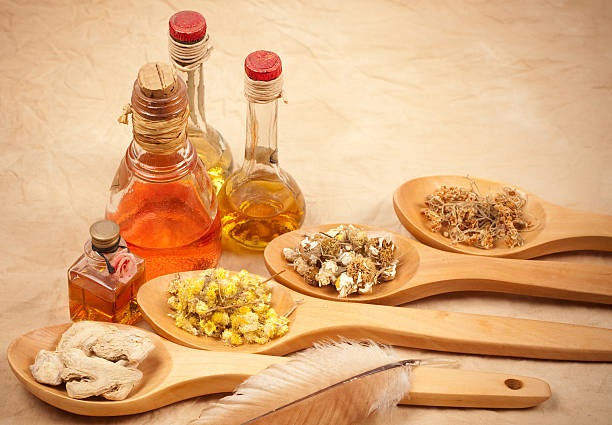
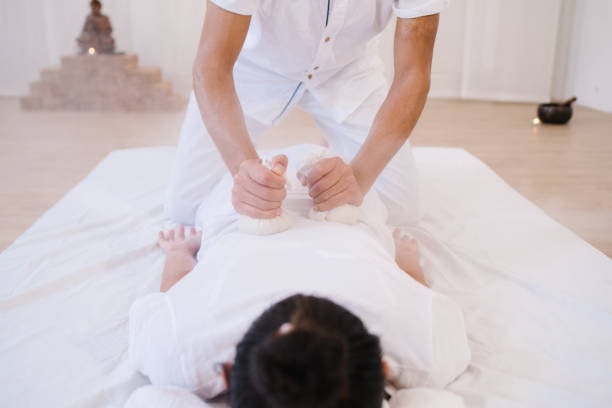
The answer is no! And rightly so. The Ayurvedic approach to the body, symptoms and psychophysical predispositions is fundamentally based on the climatic conditions and food of the place where we live, consequently the environment we find in India is very different from our country. The oils that are used are prepared by extracting the medicinal principles from plants that grow in India because those specific plants are needed by those who live in Indian soil. The manual techniques of the Ayurvedic Abhyangam massage are generally quite energetic and relaxation is considered of secondary importance. We Westerners are used to a different touch that must take into account the absorption of the oils but must also communicate care and attention towards the recipient.
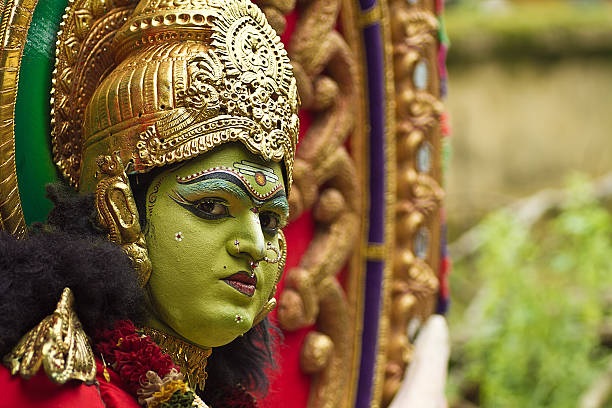
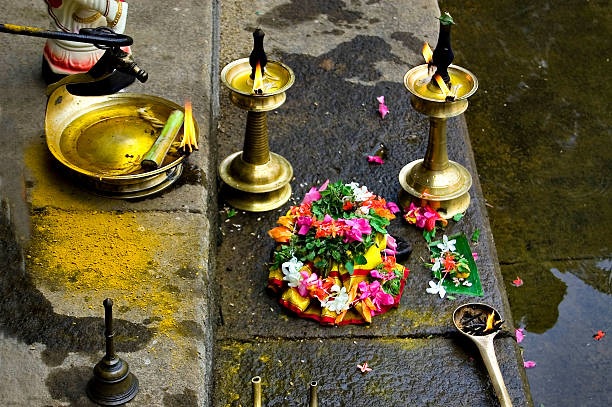
In the Ayurvedic vision, a single treatment session is almost never performed. To work in depth on the rebalancing of the five elements, three to seven treatments must be done as a first cycle and possibly repeated several times. The treatments and massages must be as close together as possible, even one day after the other. Sometimes during the treatment cycle, depending on the reactions of our body, it is possible to suspend or replace one treatment with another. The reactions and effects of the treatments are monitored by the Vaidya who follows the recipient throughout the treatment cycle.
Yes, anyone can receive the treatments as long as they are the right ones! This is part of the diagnosis we talked about before, reading the pulse. For example, if an individual has a high inflammatory state, the Vaidya will not prescribe treatments that increase the heat in the body or increase the fire element because this would increase the inflammation. Or a person who tends to block, has stiff joints and tends to suffer from the cold will not be subjected to cooling treatments.
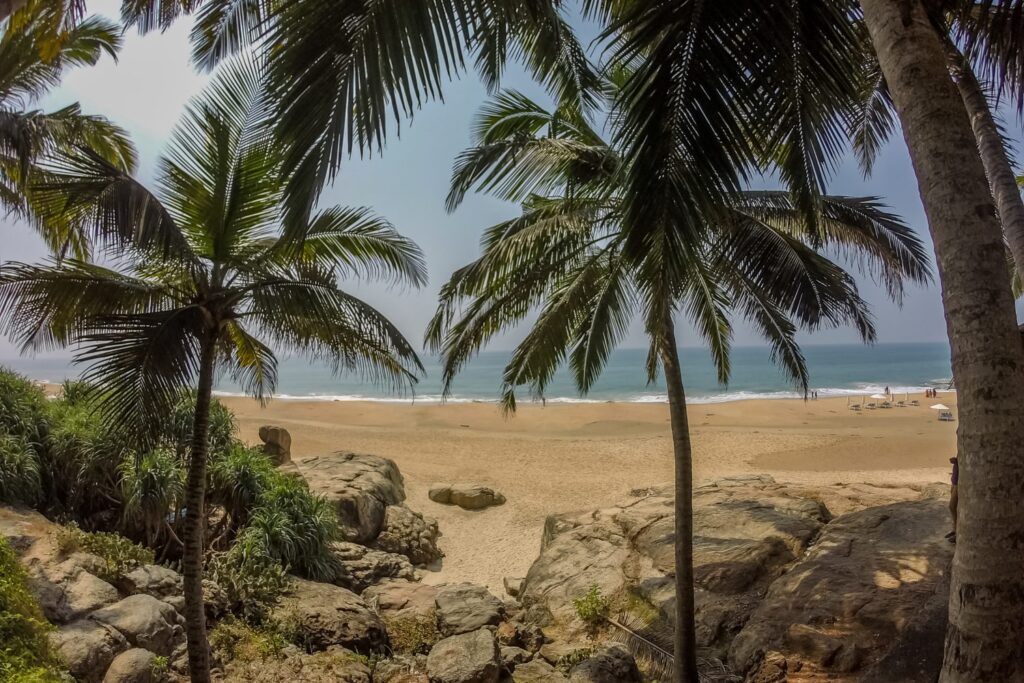
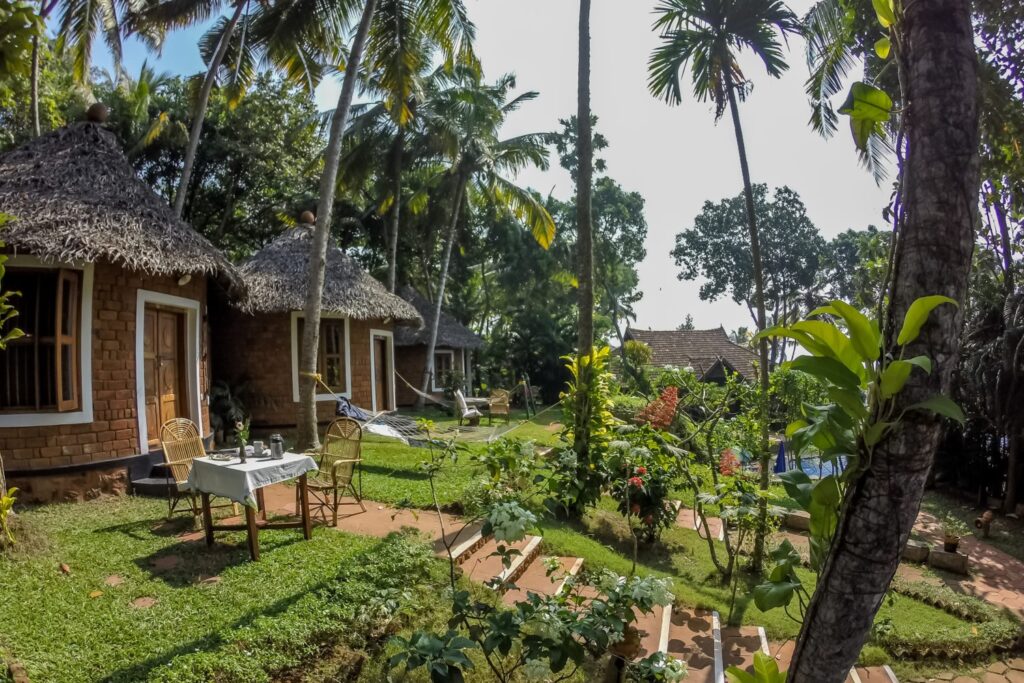
The journey is divided into two main stages: the first at the Vedaguru Ayurvedic Center and the second varies every year.
There are many Ayurvedic treatments in India. Each region follows a tradition, has a historical background that is passed down from generation to generation. When moving from one region of India to another, it is quite common to see differences in the applications of the treatments and even the names can vary. However, even if the points of observation of the body can change, each master, each Indian trend, tradition or local culture carries forward a thousand-year-old knowledge that has largely stood the test of time.
Request information by contacting me directly at +91 9910631152or write to info@delightedjourney.com


Ayurvedic Treatments and Massages in India
Ayurvedic medicine teaches that each physical constitution has strong and weak points, that is, it is genetically predisposed to encounter symptoms or illnesses and to deal with discomfort in different ways. Our body is made up of five elements, ether, air, fire, water and earth and based on the constitution each of us is equipped with quantities of elements in different measures. Ayurvedic treatments and massages in India aim to balance the elements present in our body and create a state of prevention and health. Each Ayurvedic treatment uses different oils and herbs. We can divide Ayurvedic treatments into two large categories: warming and refreshing.


The Ayurvedic treatment or massage must be able to balance the imbalances in our body. For example, if our Ayurvedic physical constitution is characterized by the air element, we will have to choose Ayurvedic treatments that reduce it. We therefore understand that before undergoing a cycle of Ayurvedic treatments it is appropriate to understand what our constitution is. In this regard, in India, before starting the treatments an Ayurvedic consultation is done with the Vaidya, the Ayurvedic doctor who, by touching the pulse, is able to detect the physical constitution and the Ayurvedic treatments most suitable for us.


The answer is no! And rightly so. The Ayurvedic approach to the body, symptoms and psychophysical predispositions is fundamentally based on the climatic conditions and food of the place where we live, consequently the environment we find in India is very different from our country. The oils that are used are prepared by extracting the medicinal principles from plants that grow in India because those specific plants are needed by those who live in Indian soil. The manual techniques of the Ayurvedic Abhyangam massage are generally quite energetic and relaxation is considered of secondary importance. We Westerners are used to a different touch that must take into account the absorption of the oils but must also communicate care and attention towards the recipient.


In the Ayurvedic vision, a single treatment session is almost never performed. To work in depth on the rebalancing of the five elements, three to seven treatments must be done as a first cycle and possibly repeated several times. The treatments and massages must be as close together as possible, even one day after the other. Sometimes during the treatment cycle, depending on the reactions of our body, it is possible to suspend or replace one treatment with another. The reactions and effects of the treatments are monitored by the Vaidya who follows the recipient throughout the treatment cycle.
Yes, anyone can receive the treatments as long as they are the right ones! This is part of the diagnosis we talked about before, reading the pulse. For example, if an individual has a high inflammatory state, the Vaidya will not prescribe treatments that increase the heat in the body or increase the fire element because this would increase the inflammation. Or a person who tends to block, has stiff joints and tends to suffer from the cold will not be subjected to cooling treatments.


The journey is divided into two main stages: the first at the Vedaguru Ayurvedic Center and the second varies every year.
There are many Ayurvedic treatments in India. Each region follows a tradition, has a historical background that is passed down from generation to generation. When moving from one region of India to another, it is quite common to see differences in the applications of the treatments and even the names can vary. However, even if the points of observation of the body can change, each master, each Indian trend, tradition or local culture carries forward a thousand-year-old knowledge that has largely stood the test of time.
Request information by contacting me directly at +91 9910631152or write to info@delightedjourney.com


Copyright © 2025 Delighted Journey | All Rights Reserved.